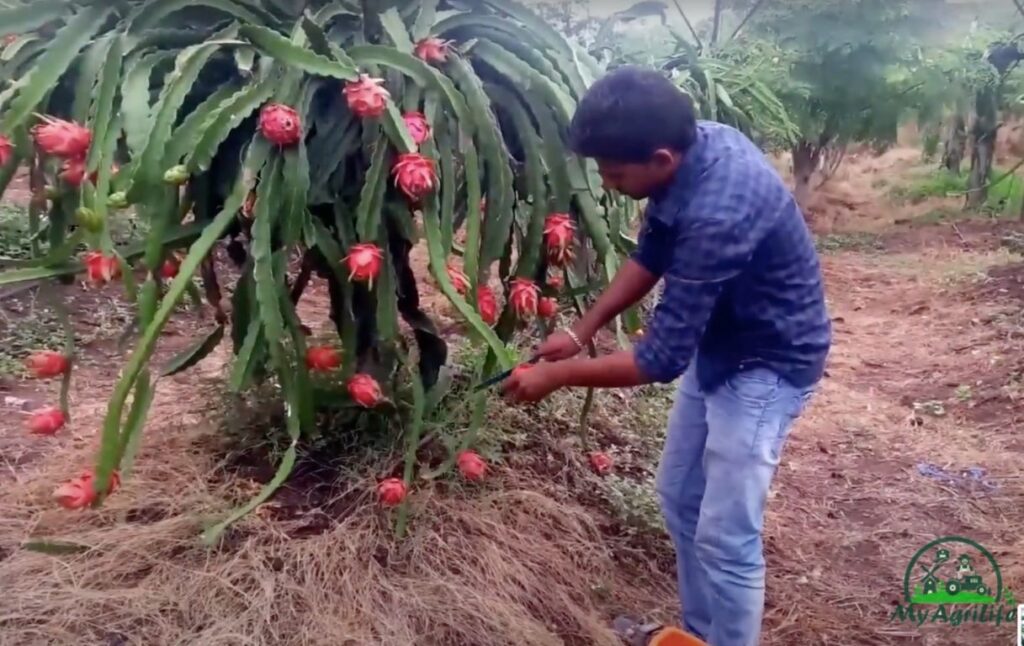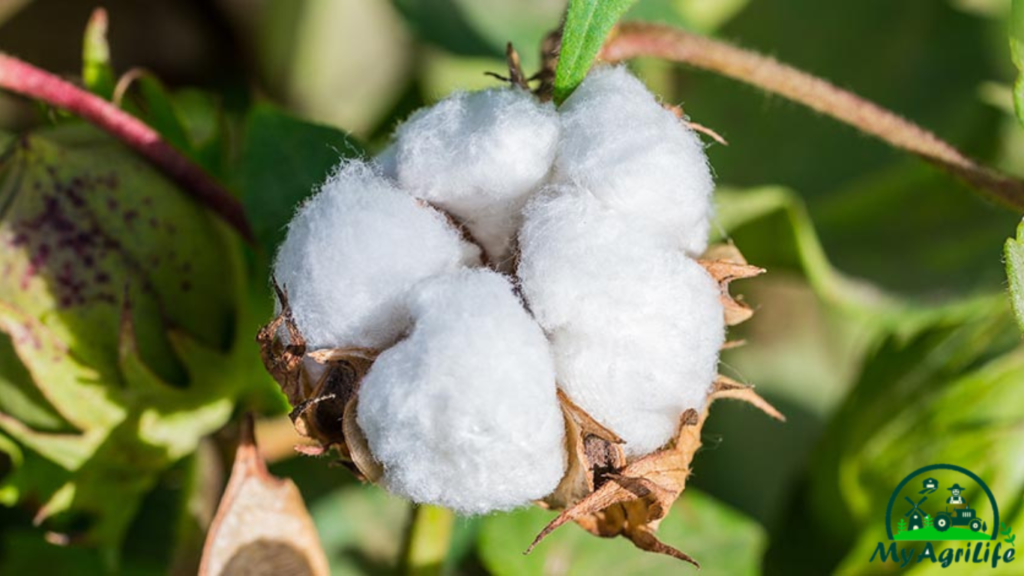
Cotton, also known as “kapas” in Hindi, is a soft, fluffy fiber that grows in protective cases, or bolls, around the seeds of the cotton plant. Cotton is one of the most widely used natural fibers in the world and is an important crop in many countries, including India, China, the United States, and Pakistan.
Cotton is used to make a variety of products, including clothing, bed sheets, towels, and medical supplies. It is prized for its softness, breathability, and ability to absorb moisture.
Cotton cultivation requires a warm climate with plenty of sunshine and well-drained soil. The plants are typically grown in large fields and require regular irrigation and fertilization. Harvesting of cotton typically occurs in the fall, after the bolls have opened and the fibers are fully mature.
Cotton is an important crop for many countries and is a major contributor to the global economy. However, the production of cotton can also have negative environmental and social impacts, including the use of pesticides and water-intensive farming practices, as well as issues related to labor rights and fair wages for workers in the cotton industry.
Seed Specification Cotton
The seed specification for cotton can vary depending on the variety of cotton being grown and the specific requirements of the seed producer or purchaser. However, some common specifications for cotton seeds include:
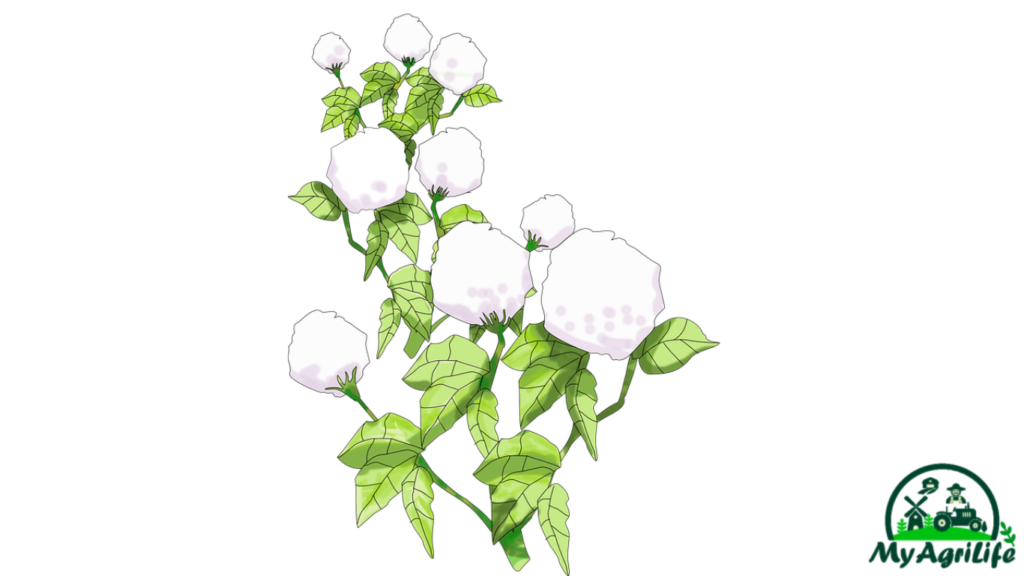
1.Germination rate: The germination rate is the percentage of seeds that will successfully sprout when planted. A high germination rate is important for ensuring a good crop yield.
2.Purity: The purity of cotton seeds refers to the percentage of seeds that are actually cotton seeds, as opposed to other plant materials or debris. High purity is important for ensuring that the desired variety of cotton is being planted.
3.Seed size: Seed size can vary depending on the variety of cotton, but larger seeds are generally preferred as they tend to produce stronger and healthier plants.
4.Seed weight: The weight of cotton seeds can also vary depending on the variety, but heavier seeds are generally preferred as they tend to have a higher oil content and are less likely to be damaged during handling and transportation.
5.Seed treatment: Some cotton seeds may be treated with fungicides, insecticides, or other chemicals to protect against pests or diseases. The type and amount of treatment will depend on the specific needs of the crop and the preferences of the seed producer or purchaser.
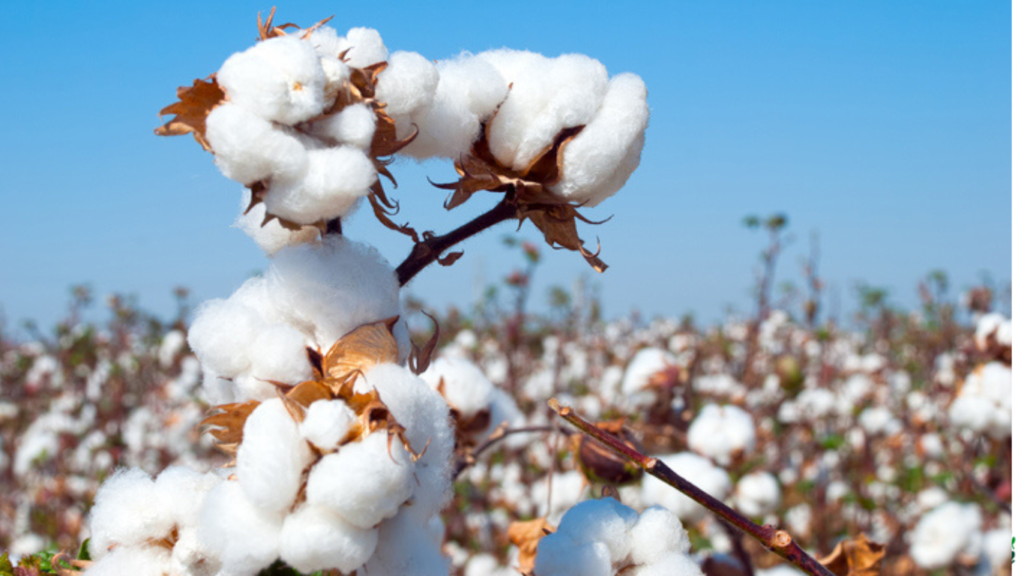
Overall, cotton seed specifications will vary depending on the specific needs of the crop and the preferences of the growers or seed purchasers. It is important to choose high-quality seeds that have been tested and certified for their purity, germination rate, and other important characteristics.
Land Preparation & Soil Health Cotton
Land preparation and soil health are critical factors in cotton production, as healthy soil is necessary for the growth and development of cotton plants. Here are some important considerations for land preparation and soil health in cotton production:
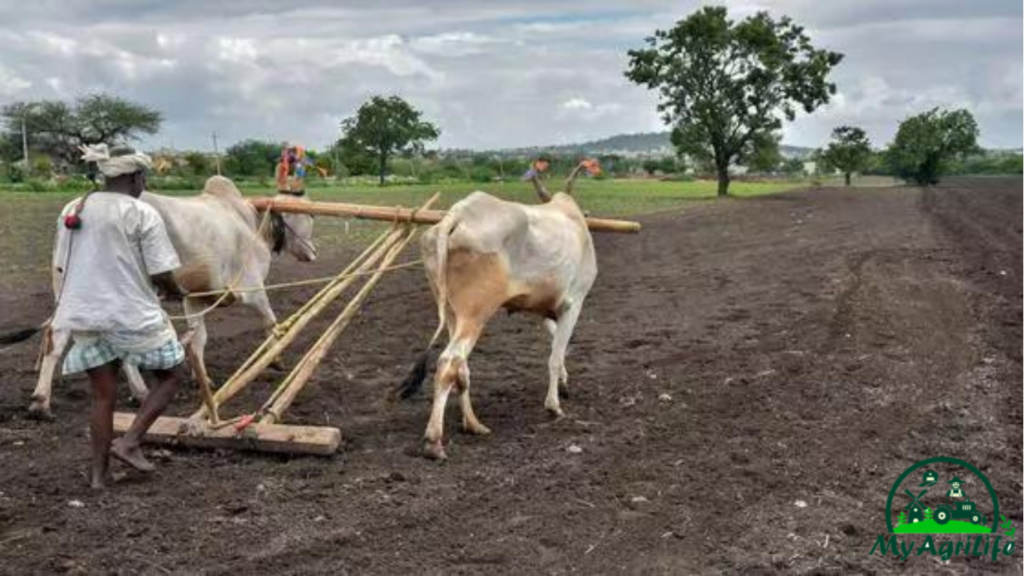
1.Soil testing: Before planting cotton, it is important to test the soil to determine its nutrient content and pH level. This will help growers to determine which fertilizers and soil amendments are needed to optimize soil health.
2.Soil fertility management: Cotton requires a lot of nutrients to grow, and soil fertility management is critical for healthy plant growth. This may involve the application of fertilizers, such as nitrogen, phosphorus, and potassium, as well as the use of organic matter, such as compost or manure.
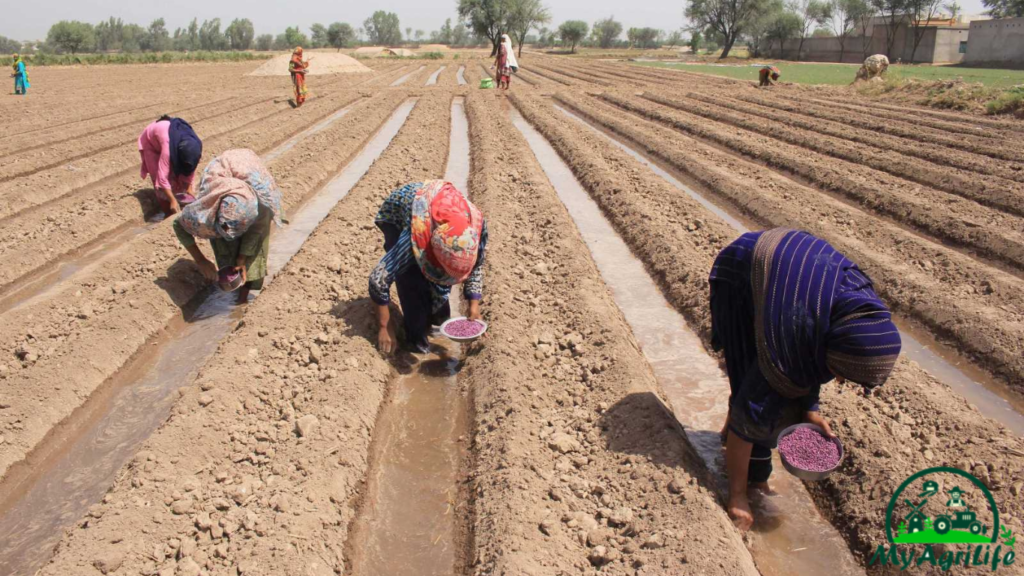
3.Soil tillage: Tillage practices can affect soil health, with excessive tillage leading to soil erosion and degradation. Conservation tillage practices, such as no-till or reduced tillage, can help to conserve soil health and reduce erosion.
4.Crop rotation: Crop rotation can help to improve soil health by reducing soil-borne diseases and pests, and increasing nutrient availability. Cotton growers may rotate their cotton crops with other crops, such as legumes or cereals.
5.Cover crops: Cover crops can help to improve soil health by increasing soil organic matter, reducing erosion, and suppressing weeds. Legume cover crops can also help to fix nitrogen in the soil, which can benefit subsequent cotton crops.
In summary, land preparation and soil health are critical factors in cotton production. By managing soil fertility, minimizing soil disturbance, rotating crops, and using cover crops, cotton growers can optimize soil health and promote healthy plant growth.
Crop Spray & Fertilizer Specification Cotton
Crop spray and fertilizer specifications for cotton will depend on the specific needs of the crop, the variety being grown, and the specific soil and weather conditions. However, here are some general guidelines for crop spray and fertilizer specification for cotton:
Crop spray
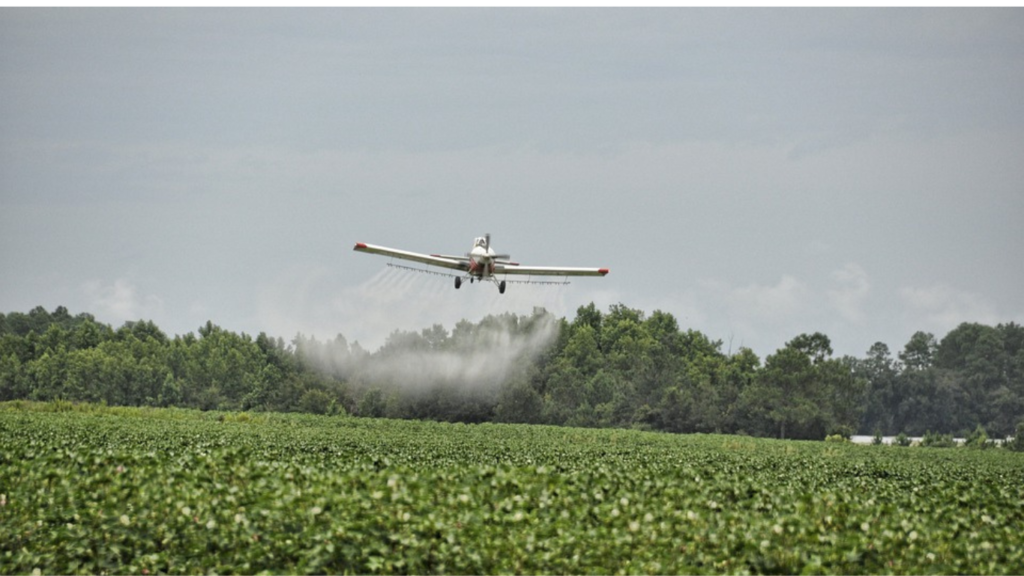
1.Insecticides: Cotton crops can be attacked by a variety of insect pests, including aphids, bollworms, and thrips. Insecticides should be selected based on the specific pest problem and the stage of plant growth.
2.Fungicides: Fungal diseases, such as powdery mildew, can also affect cotton crops. Fungicides can be used to prevent or control these diseases.
3.Herbicides: Weeds can compete with cotton plants for nutrients and water, and herbicides can be used to control weeds and improve crop yield.
Fertilizer
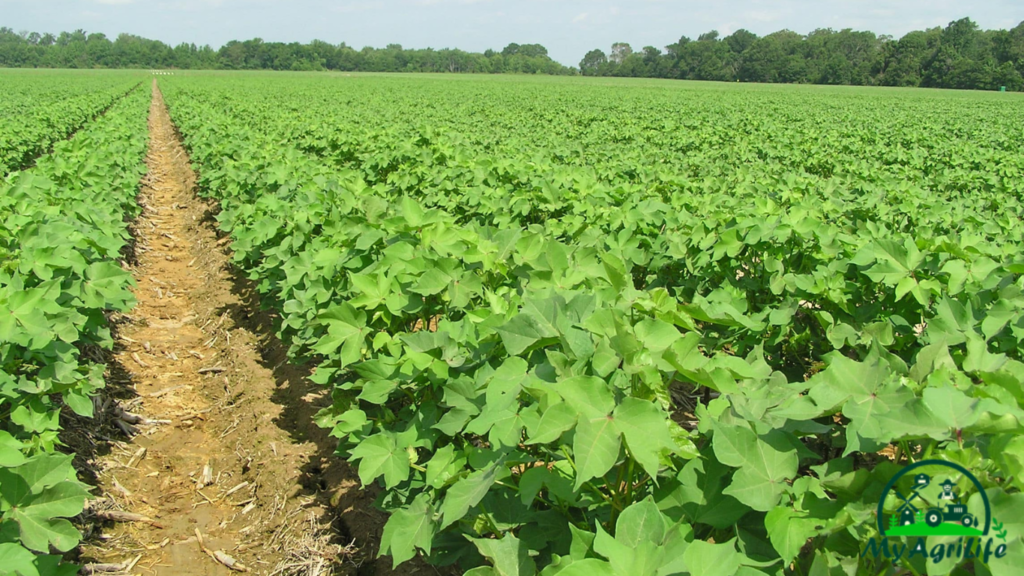
1.Nitrogen: Cotton plants require a lot of nitrogen to grow, and nitrogen fertilizers are typically applied in multiple applications throughout the growing season.
2.Phosphorus: Phosphorus is important for early plant growth and root development. However, excess phosphorus can lead to environmental problems, so care should be taken to avoid over-application.
3.Potassium: Potassium is important for overall plant health and stress tolerance.
4.Micronutrients: Cotton plants also require micronutrients, such as iron, manganese, and zinc, for healthy growth and development.
It is important to follow label instructions and best management practices when applying crop spray and fertilizers to cotton crops to avoid negative impacts on the environment and to ensure the health of the plants. Growers should also monitor their crops regularly to identify any pest or nutrient deficiencies and adjust their application practices accordingly.
Weeding & Irrigation Cotton
Weeding and irrigation are important aspects of cotton production, as they can have a significant impact on crop yield and quality. Here are some considerations for weeding and irrigation in cotton production:
Weeding:
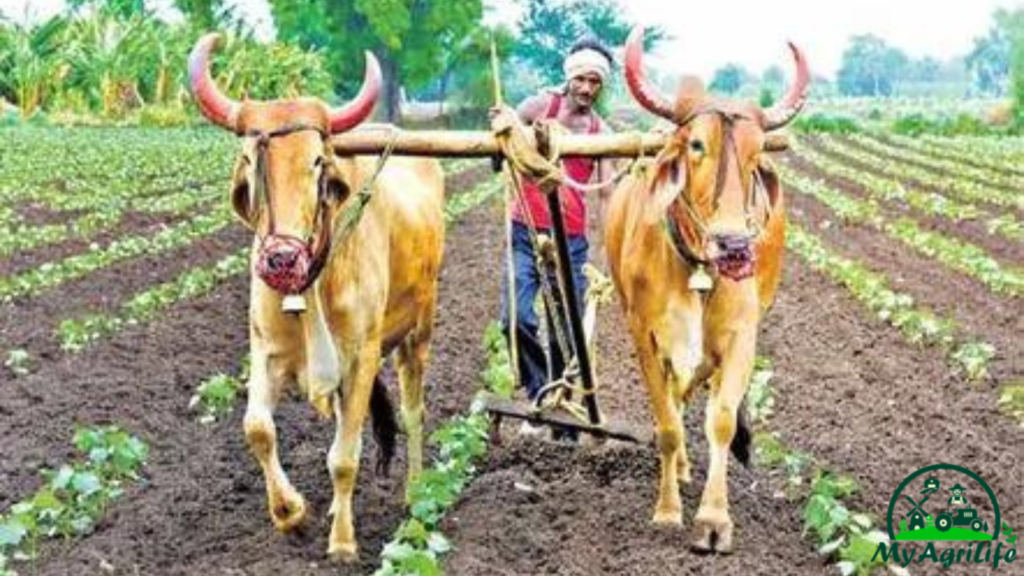
1.Timing: Early-season weed control is critical for optimizing crop yield. Weeds can compete with cotton plants for nutrients and water, and can also harbor insect pests and diseases.
2.Herbicide selection: Herbicides should be selected based on the specific weed problem and the stage of plant growth. Care should be taken to avoid herbicide drift and to follow label instructions for application rates and timing.
3.Mechanical control: In addition to herbicides, mechanical control methods such as cultivation and hand-weeding can also be used to control weeds.
4.Prevention: Preventing weed growth in the first place can be an effective way to reduce weed pressure in cotton fields. This can include practices such as cover cropping, crop rotation, and crop residue management.
Irrigation:
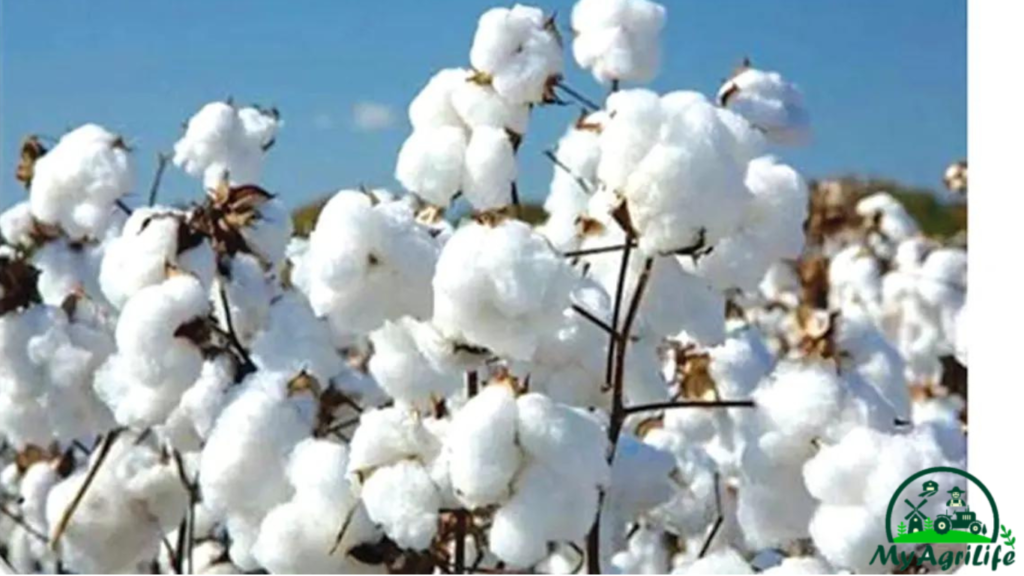
1.Timing: Cotton requires regular and consistent water supply to optimize growth and yield. Irrigation should be timed to ensure that the crop is not experiencing water stress during critical growth stages, such as flowering and boll development.
2.Irrigation method: The most common irrigation methods for cotton include furrow irrigation, sprinkler irrigation, and drip irrigation. The choice of irrigation method will depend on the specific needs of the crop and the available water resources.
3.Soil moisture monitoring: Monitoring soil moisture levels can help growers to determine when irrigation is needed and to optimize irrigation timing and frequency.
4.Water quality: The quality of irrigation water can affect crop growth and yield. Care should be taken to avoid using water with high salt content or other contaminants that could negatively impact crop health.
In summary, weeding and irrigation are critical aspects of cotton production. By managing weeds through timely herbicide application, mechanical control methods, and preventative practices, and by optimizing irrigation timing and method, growers can promote healthy crop growth and maximize yield and quality.
Harvesting & Storage Cotton
Harvesting and storage are important aspects of cotton production, as they can impact the quality and value of the harvested crop. Here are some considerations for harvesting and storage in cotton production:
Harvesting:
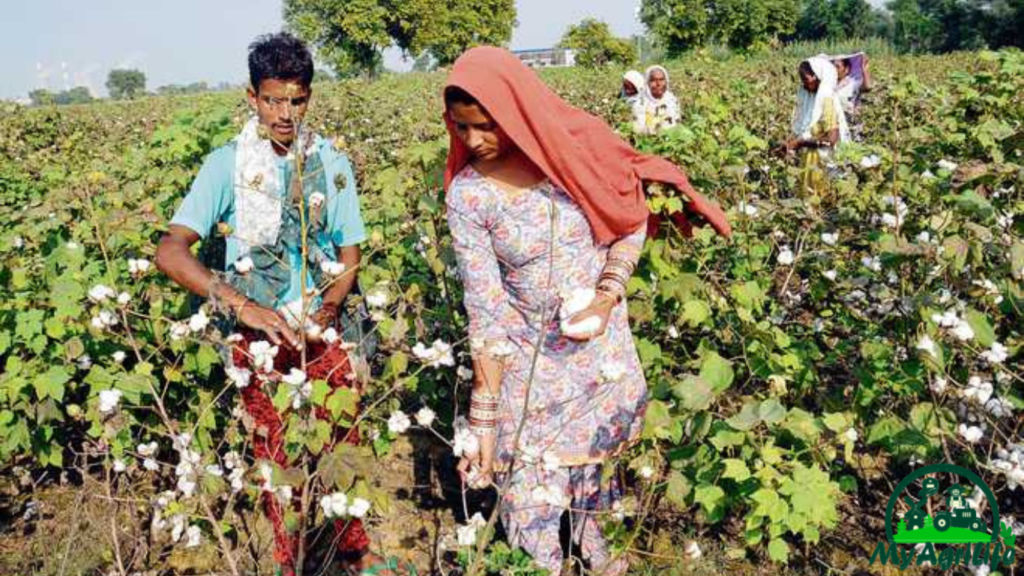
1.Timing: Cotton should be harvested when it is mature and the bolls have opened. Harvesting too early can result in lower yield and lower-quality cotton.
2.Method: The most common method of cotton harvesting is machine picking. Hand picking can also be used, but it is more labor-intensive and typically only used in specialty markets.
3.Conditions: Harvesting should take place during dry weather conditions to avoid damage to the cotton bolls and reduce the risk of mold growth.
4.Equipment: Equipment should be maintained and adjusted properly to ensure efficient and effective harvesting.
Storage:
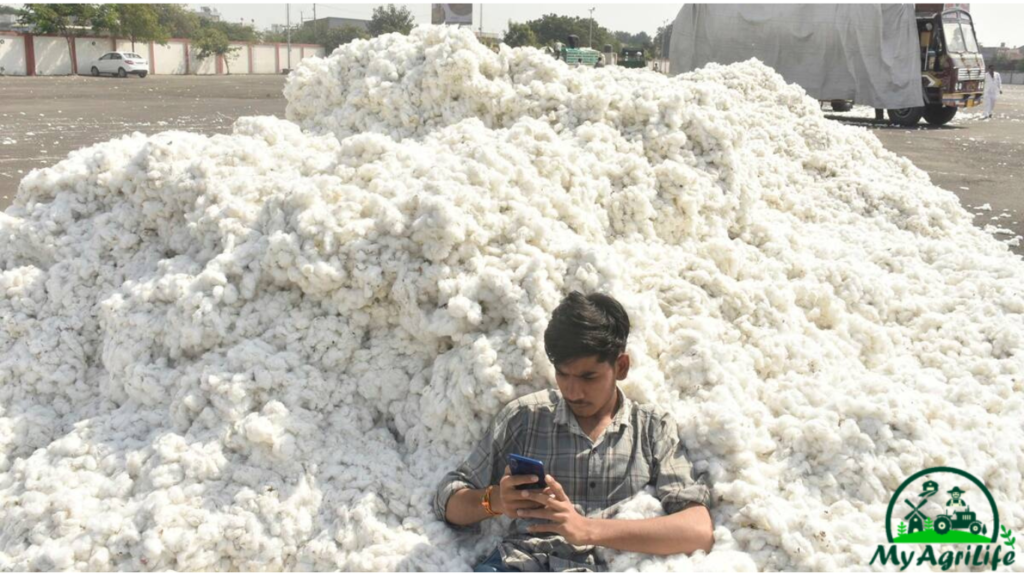
1.Temperature and humidity: Cotton should be stored in a dry and well-ventilated area with temperatures between 60-75°F and humidity levels between 60-70% to prevent mold growth and preserve cotton quality.
2.Contamination: Cotton should be stored separately from other products that could cause contamination, such as chemicals or food products.
3.Pest control: Cotton should be protected from pest damage by using appropriate storage techniques, such as fumigation or temperature control.
4.Length of storage: Cotton should not be stored for an extended period of time, as this can result in decreased quality and value. The length of storage will depend on factors such as cotton quality, storage conditions, and market demand.
In summary, harvesting and storage are critical aspects of cotton production. By harvesting at the right time and using appropriate harvesting methods and equipment, growers can maximize yield and quality. Proper storage techniques can also help to preserve cotton quality and value.
conclusion
Cotton farming can be a profitable venture if done correctly with proper planning, management, and implementation of farming practices. It is important to choose the right variety of cotton that is suitable for the local climate, soil type, and water availability.
Land preparation and soil health management are essential for the success of cotton farming. Adequate irrigation, timely weeding, and proper fertilization are also important for healthy crop growth and high yields.
Crop spraying with pesticides and insecticides should be done judiciously, following the recommended guidelines to ensure the safety of the crop and the environment. Harvesting and storage practices should also be followed to ensure high-quality produce.
Overall, cotton farming requires careful planning and management, but if done well, it can provide a good source of income for farmers and contribute to the economy of the region.








